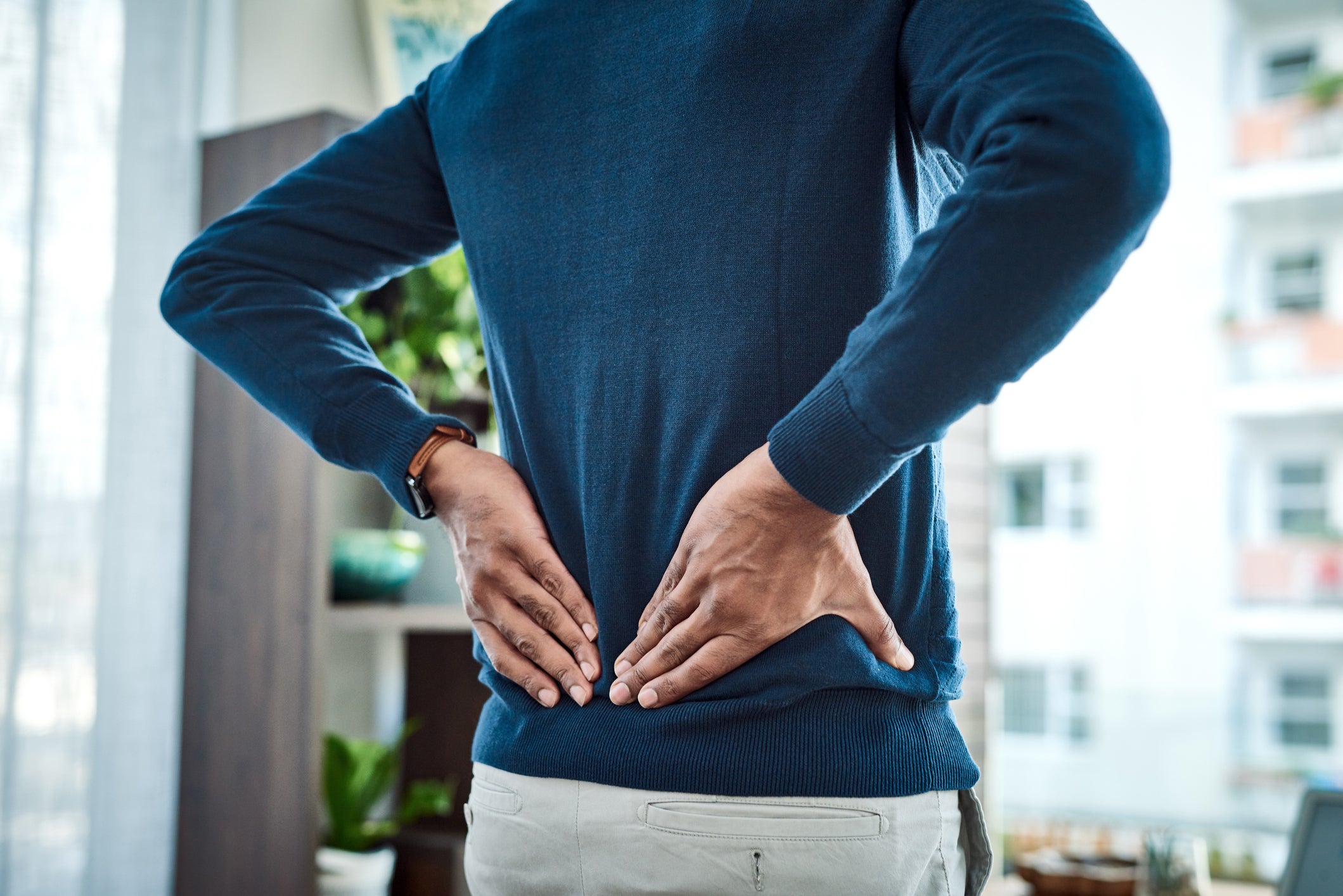This website uses cookies so that we can provide you with the best user experience possible. Cookie information is stored in your browser and performs functions such as recognising you when you return to our website and helping our team to understand which sections of the website you find most interesting and useful.
Researchers have uncovered a surprising link between chronic pain and mental health issues in a landmark study based on decades of research.
Depression and loneliness are more common in people with chronic pain years before their pain actually starts, researchers at University College London (UCL) have found. They analysed 21 years of data from a long-term health study of over 7,300 adults in England aged 50 and over.
Their findings, published in eClinicalMedicine, show a strong link between these mental health challenges and the later development of chronic pain. Researchers add that chronic pain issue is a major public health concern, affecting up to 40 per cent of people in the UK and Europe, and a leading cause of disability.
While previous research has established a connection between chronic pain and mental health issues like depression and loneliness, this study sheds light on the timeline of these conditions, demonstrating that these issues often actually precede the physical pain.
The study participants were divided into two groups: those who developed chronic pain, including back, knee, hip, or foot pain, and those who did not.
The researchers discovered that the individuals who eventually experienced chronic pain reported higher levels of depression and loneliness years before their pain began.

This suggests that addressing these mental health challenges early on could be crucial in preventing or mitigating the impact of chronic pain. The research underscores the importance of a holistic approach to healthcare, emphasising the interconnectedness of physical and mental well-being.
Researchers also found that middle-aged and older adults who experience pain are more likely to have had worsening symptoms of depression up to eight years before the onset of pain.
These symptoms got worse in the years leading up to pain, appeared to peak when the pain was first noticed and remained high in the years after the pain started.
Symptoms of depression were less common, less severe and relatively constant among people who did not suffer pain.
They also found that loneliness increased both in the years before and years after the onset of pain but stayed low and relatively constant among the group who did not suffer pain.
As a result, the researchers suggested that treatment for depression might help to prevent or reduce later aches and pains.
Lead author Dr Mikaela Bloomberg, from UCL’s research department of epidemiology and public health, said: “Pain and depression are known to be linked, with each exacerbating the other. But we don’t know about the timing of these related conditions.
“Our study shows that depressive symptoms and loneliness worsen long before pain begins.
“This is important as it suggests the potential for early mental health and social support to reduce or delay later pain.
“Factors such as depression and loneliness can contribute to pain through several mechanisms – by inducing stress, they may increase inflammation, which can lead to pain; they also may increase sensitivity to pain by changing immune responses and by dysregulating our autonomic nervous system, the network of nerves that control unconscious processes such as the ‘flight or fight’ response.
“Our findings highlight the importance of approaching pain not just from a biological perspective, mental health interventions may be important too.”
The team found that depressive symptoms were most pronounced in people with lower levels of education and among less wealthy patients.
“This study provides further evidence supporting the importance of targeting loneliness and mental health in older people,” the authors wrote.
“Proactive mental health and social support is needed in the decade preceding onset of pain and should be integrated into long-term pain management strategies, particularly for individuals with fewer socioeconomic resources.”



 Africana55 Radio
Africana55 Radio 
